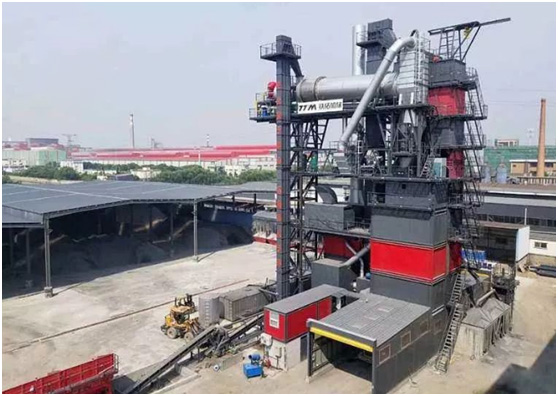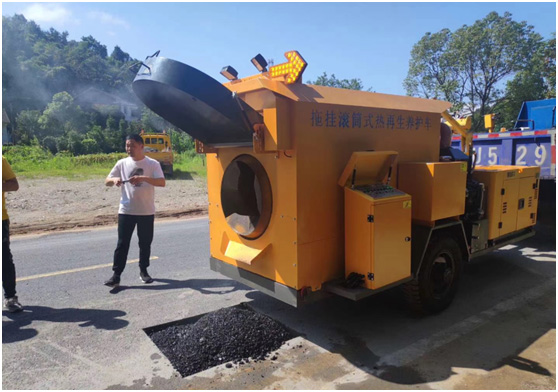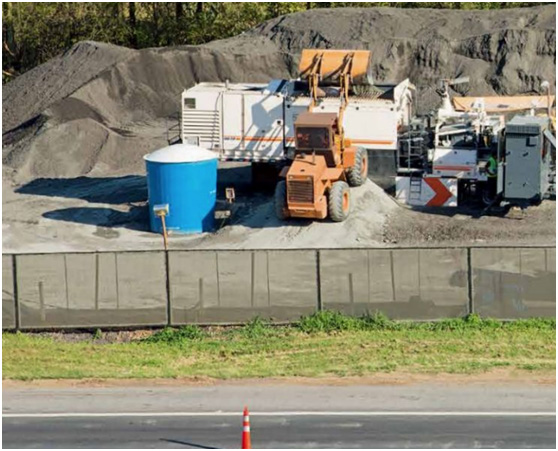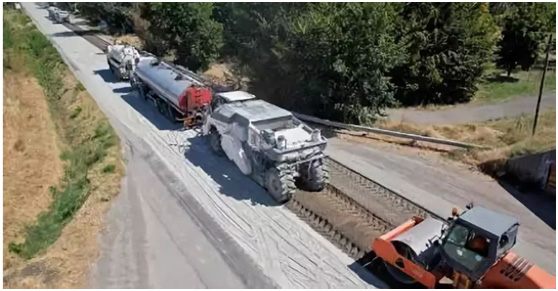Primary selection of regeneration method
1. Factory-mixed heat regeneration can repair various damage types of asphalt pavement, and requires the pavement base structure to be intact and strong enough.
2. In-situ thermal regeneration can treat the diseases of the asphalt surface layer, such as loose surface, potholes, insufficient flatness and anti-skid performance, slight rutting, etc., and the overall strength of the original pavement structure must meet the requirements.
3. Asphalt pavement plant cold regeneration is generally used to treat deep rutting, cracks, network cracks, non-load damage and other disease types on the original pavement, and the underlying structure of the regenerated layer is required to be of good quality and sufficient strength.
4. On-site cold regeneration of asphalt pavement is divided into two methods: in-situ cold regeneration of asphalt layer and full-depth in-situ cold regeneration. The in-situ cold regeneration of the asphalt layer is generally used to deal with damages such as deep ruts, cracks, network cracks, non-load damage, and insufficient driving quality of the original pavement; the full-depth in-situ cold regeneration can strengthen the base structure of the original pavement, It is mainly used in the case of damage to the original pavement base. In-situ cold regeneration of asphalt pavement requires the substructure of the regeneration layer to be of good quality and sufficient strength.
5. For road sections with limited elevations such as crossing towns, plant-mixed regeneration should be adopted as much as possible to reduce the elevation of the original road surface, and in-situ regeneration can also be adopted according to actual conditions.
6. Before the primary selection of the regeneration method, a comprehensive evaluation and analysis of the performance of the old pavement should be carried out, and the optional regeneration method can be initially determined by using a questionnaire form according to the actual project needs.
Plant mixed heat regeneration

adaptability
1. HMA has excellent performance and can be used for asphalt pavement surface.
2. It can be used to correct the design problems of the original asphalt pavement and optimize its performance.
3. It can repair most of the damage on the road surface, such as loose, oily, pushed, polished aggregates, ruts and cracks, etc.
4. The pavement structure can be improved with the same thickness or little change.
5. The line shape and elevation of the original road surface can be maintained unchanged.
limitation factor
1. The output and production efficiency in the production process are affected by the amount of RAP.
2. The plant mixed heat regeneration construction has great interference to the traffic.
3. The transportation cost of the mixture is high.
Hot-in-place regeneration

adaptability
1. The main purpose is to correct the surface damage caused by insufficient non-structural bearing capacity.
2. It is suitable for any form of surface failure where the asphalt pavement base is stable.
3. Drainage, curbs, sewers, pedestrian passages, shoulders and other structures will not be changed.
4. The requirements for traffic control are low, and the elevation of the road surface in urban areas and the clearance of bridges can be guaranteed.
limitation factor
1. It is only used when the road surface has sufficient carrying capacity.
2. Only regenerate the road surface of 25-65mm on the surface. Inadequately structured roads are not suitable for this method.
3. This method is not applicable when the old road has obvious damage to the base, irregular frequent repairs, and when drainage needs to be greatly improved.
4. It cannot improve the performance of the base or subbase of asphalt pavement.
Factory mixed cold recycling

adaptability
1. Repair the surface and grass roots.
2. It has a good repair effect on reflection cracks and poor driving quality.
3. It can improve the geometry of the pavement and repair any type of cracks.
limitation factor
1. Relatively warm and dry construction conditions are required, and the weather conditions are high.
2. The water stability of the pavement after regeneration is poor, and it is easy to be eroded and peeled off by water.
3. The road surface usually needs 2 weeks of curing time.
4. The level of maintenance road surface is generally low.
5. The cost of transporting the mixture is relatively high.
In-situ cold regeneration

adaptability
1. Structural treatment of most pavement damage types.
2. It can widen the road surface and improve the driving quality.
3. It can restore the required line shape, section and elevation of the pavement.
4. Eliminate ruts, irregularities and uneven areas of the original road surface.
limitation factor
1. Relatively warm and dry construction conditions are required, and the weather conditions are high.
2. The water stability of the pavement after regeneration is poor, and it is easy to be eroded and peeled off by water.
3. The road surface usually needs 2 weeks of curing time.